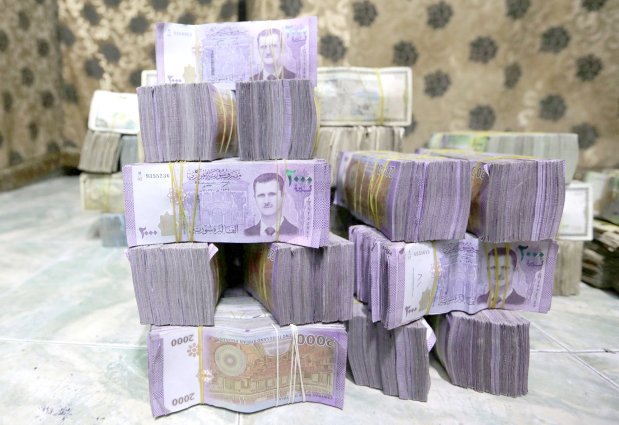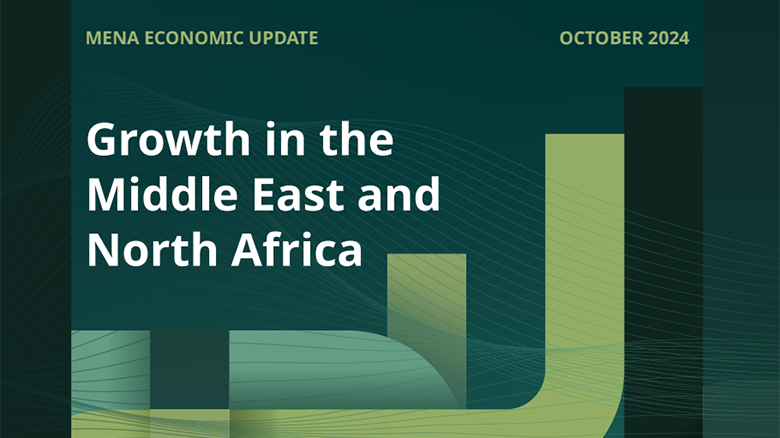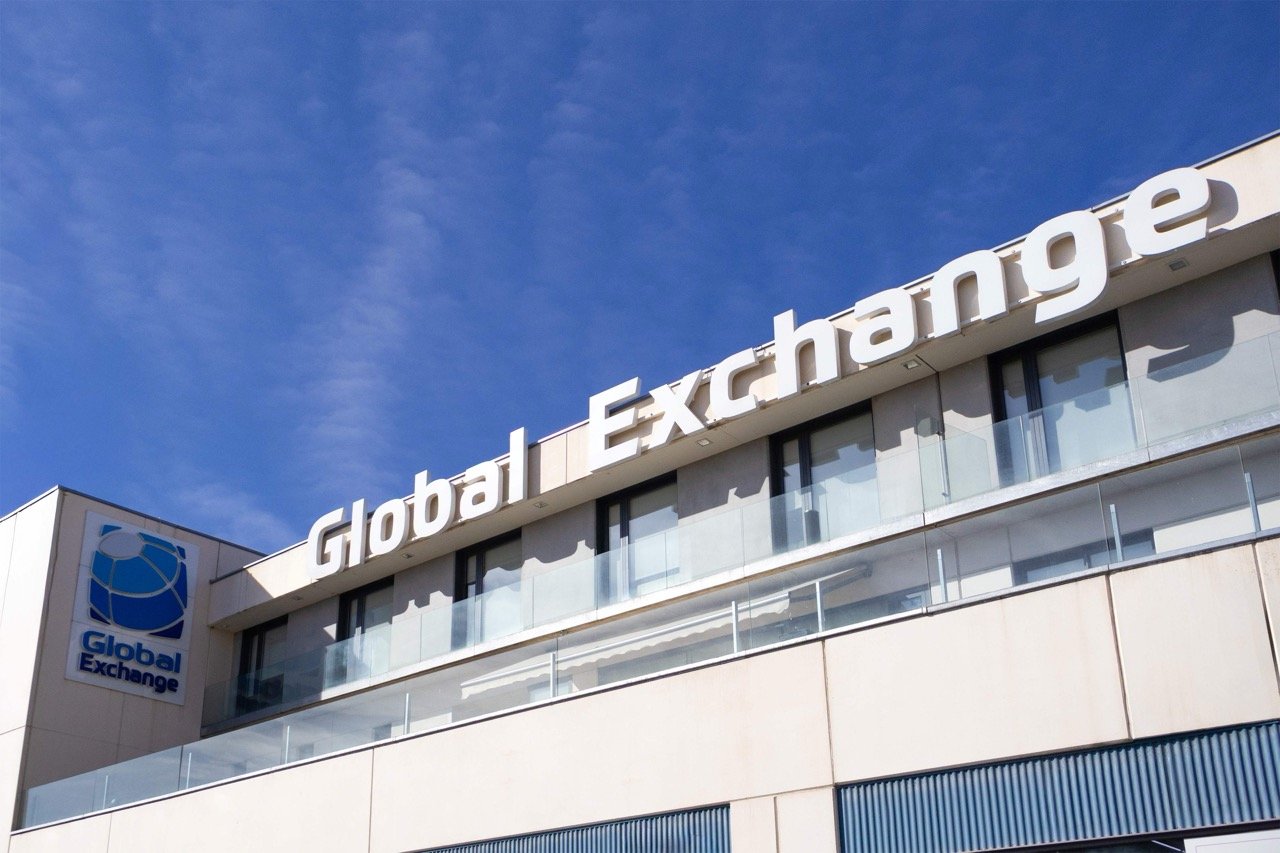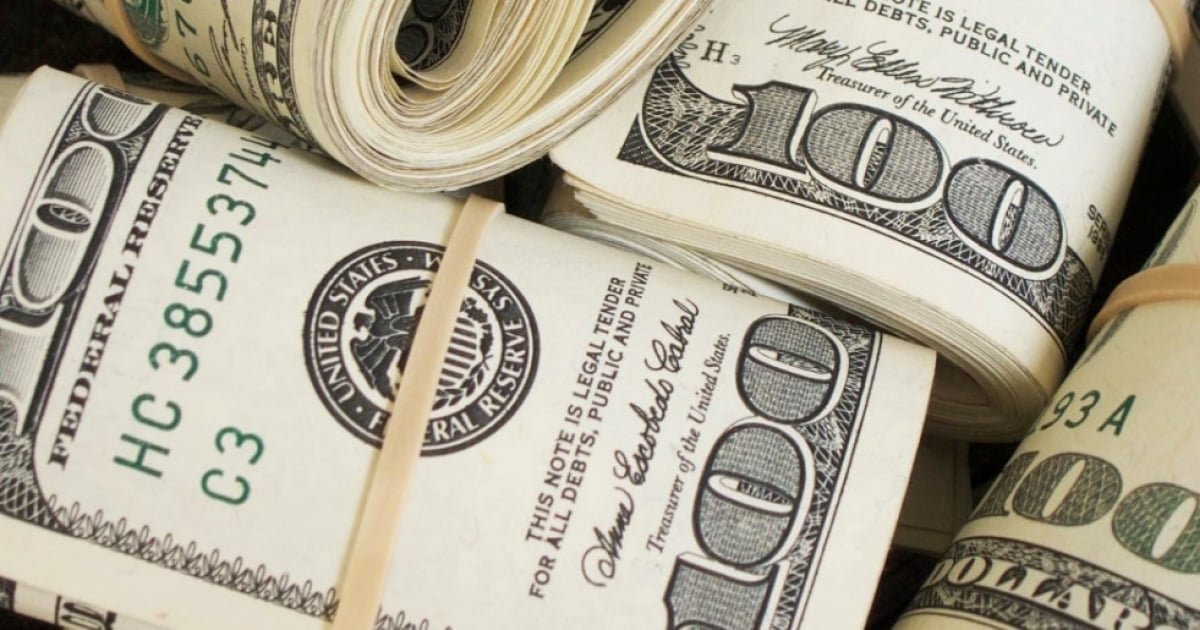Hugo Turner – Head Art Curator at The London Art Exchange. Visit the website to book a private appointment www.thelax.art
Over the last five centuries, the valuation of art has undergone a profound transformation, reflecting shifts in societal values, artistic movements, and economic paradigms. The evolution of art valuation stands as a testament to the dynamic interplay between culture, commerce, and creativity. In this exploration, we delve into the historical tapestry of art valuation, with insights from Hugo Turner, the esteemed Head Art Curator at The London Art Exchange, shedding light on the intricacies that define the contemporary understanding of art’s worth.
The Renaissance Paradigm: Patronage and Prestige
During the Renaissance, art valuation was intrinsically tied to patronage. Wealthy individuals, often powerful families and institutions, commissioned works of art as a symbol of prestige and social standing. The value of a piece was influenced by the reputation of the artist, the intricacy of the craftsmanship, and the subject matter’s cultural or religious significance. In this era, art served as a visual language of status and patronage.
The Enlightenment Era: Aesthetic Enlightenment and the Birth of Connoisseurship
The Enlightenment era brought about a shift towards aesthetic enlightenment, where the value of art became linked to notions of beauty, intellectual depth, and artistic innovation. Connoisseurship emerged as a discipline, with individuals possessing a keen eye and deep knowledge of art gaining influence in determining a work’s value. This era marked a departure from pure patronage to a more nuanced appreciation of the artistic merit intrinsic to each piece.
The 19th Century: Rise of the Art Market and Commercial Valuation
As the 19th century unfolded, the commodification of art became more pronounced. The rise of art markets and commercial galleries shifted the power dynamics in art valuation. The value of art was increasingly influenced by market demand, public taste, and the artist’s ability to navigate the emerging commercial art scene. This period marked a departure from the singular patronage model, introducing a broader spectrum of value determinants.
Navigating Contemporary Art Valuation
Hugo Turner Head Art Curator at The London Art Exchange, provides a nuanced contemporary perspective on art valuation. He states, “In the current art landscape, valuation is a delicate dance between the artist’s narrative, the cultural zeitgeist, and market dynamics. We consider not only the technical prowess of the artist but also their contribution to the broader artistic discourse. A piece’s value is not merely a sum of its physical elements but an intricate blend of historical context, cultural resonance, and the artist’s unique voice.”
Contemporary Art Valuation: Beyond Aesthetics
In the 21st century, art valuation has transcended traditional parameters. Beyond aesthetics, contemporary art is valued for its conceptual depth, cultural relevance, and the artist’s engagement with societal narratives. Factors such as provenance, exhibition history, and critical acclaim contribute to the complex equation that determines a work’s worth. The digital age has also introduced new challenges, with the valuation of digital and performance art requiring innovative approaches.
The evolution of art valuation over the last 500 years reflects the multifaceted nature of human perception and societal values. From the Renaissance’s patronage model to the Enlightenment’s emphasis on connoisseurship and the 19th century’s commercial turn, art valuation has continuously adapted to the prevailing cultural and economic currents. In the contemporary era, Hugo Turner insights underscore the complexity of determining art’s value, emphasizing the importance of considering not only technical skill but also the broader artistic narrative. As we navigate the ever-evolving landscape of art valuation, we find that the worth of art transcends the tangible, resonating with the intangible threads that connect us to our cultural heritage and artistic legacy.







